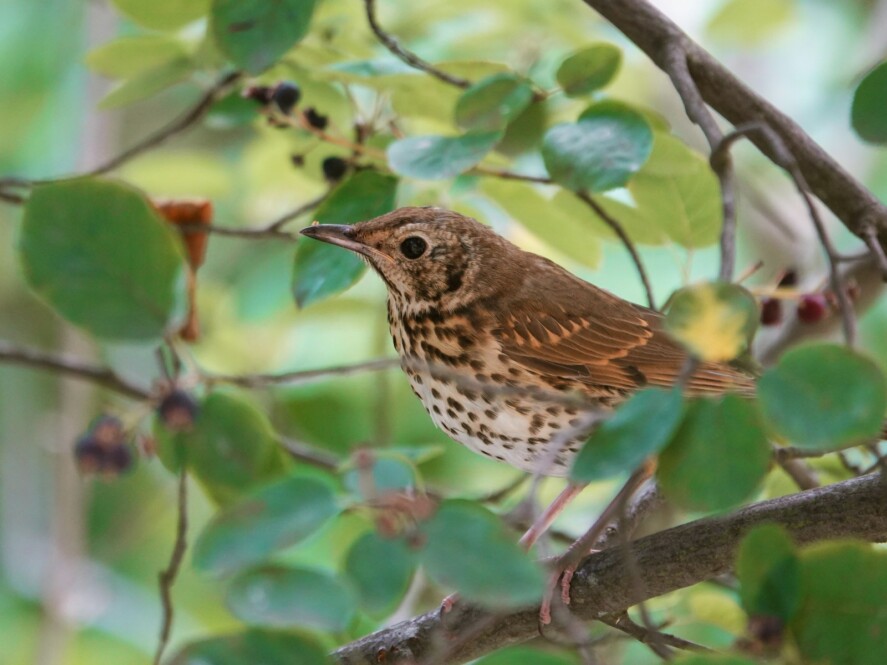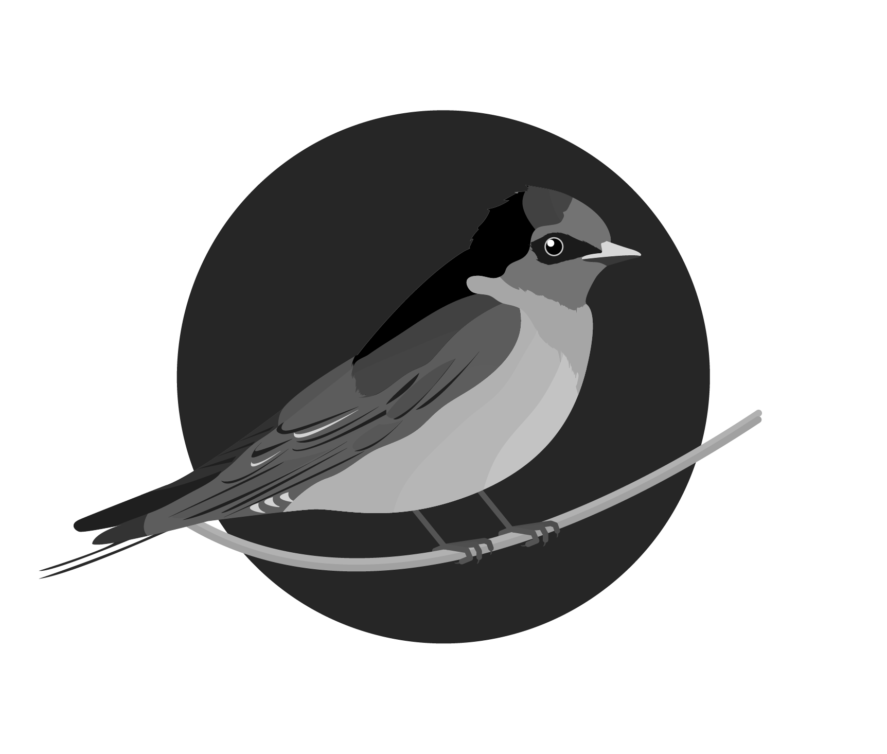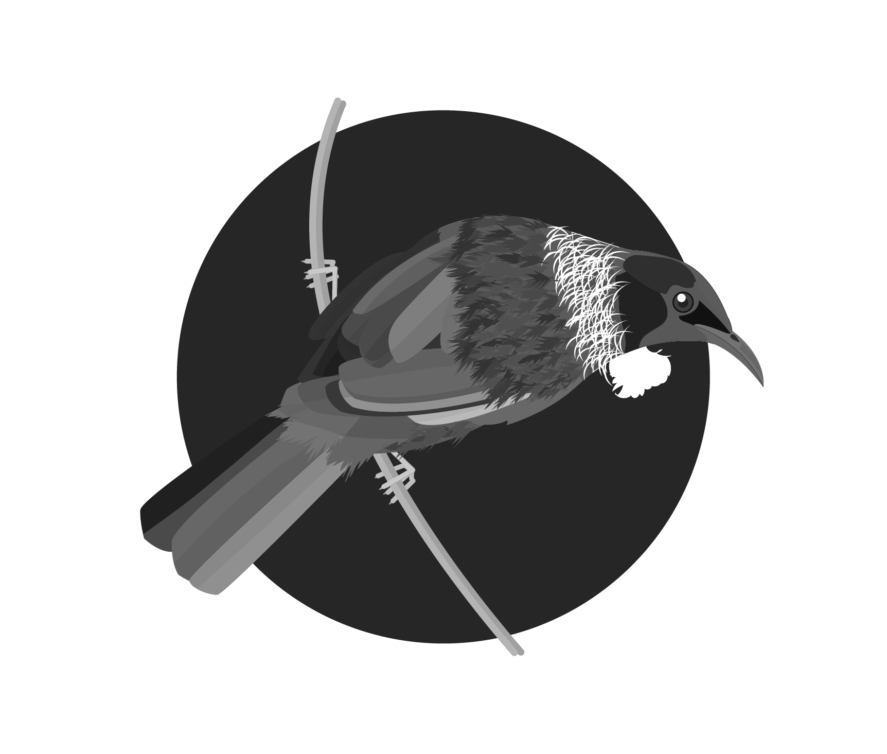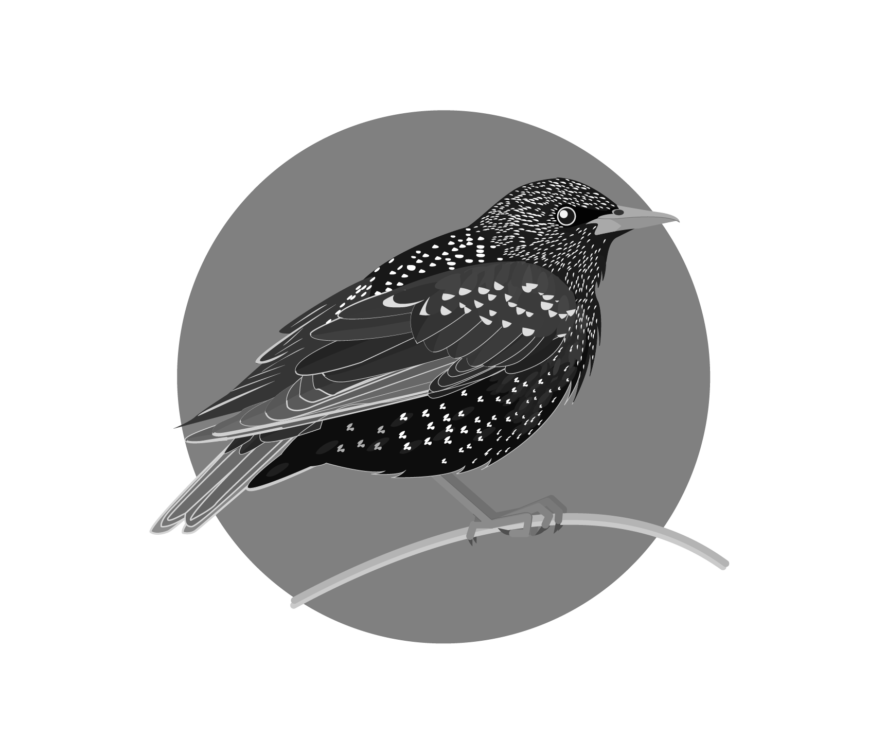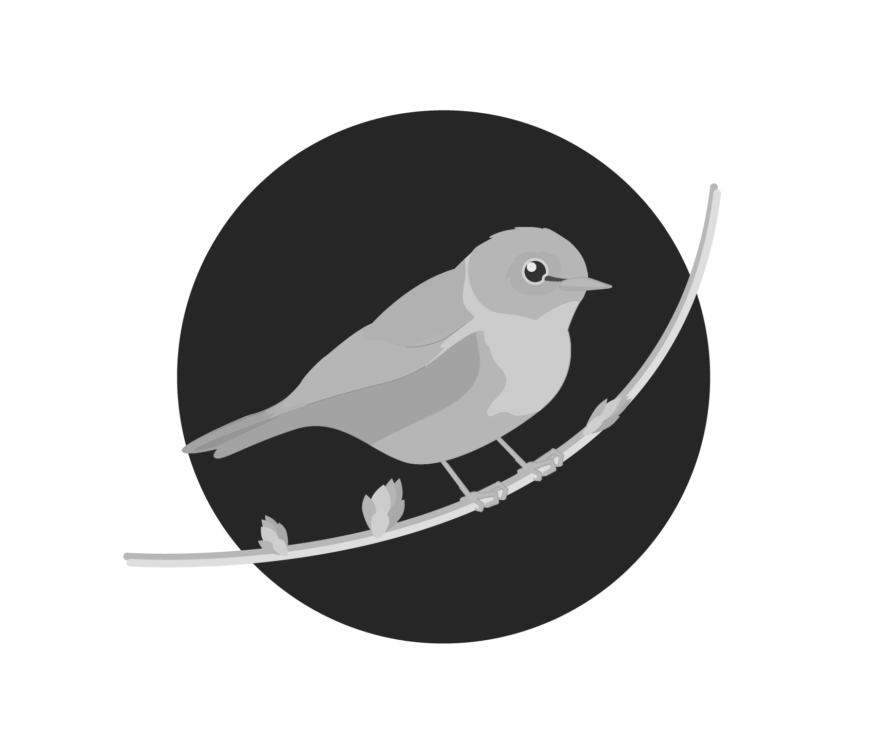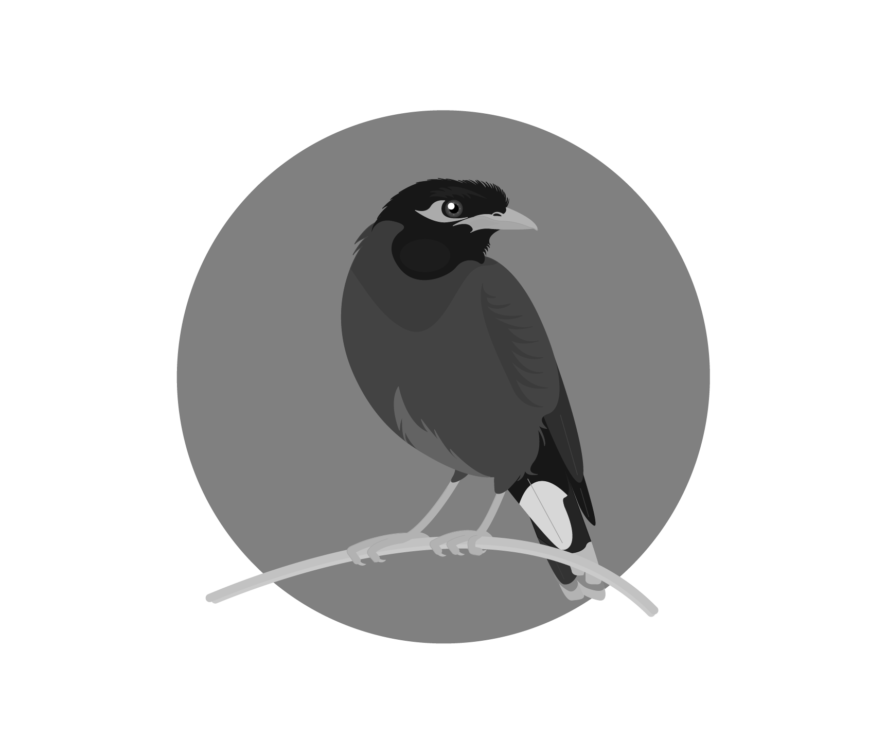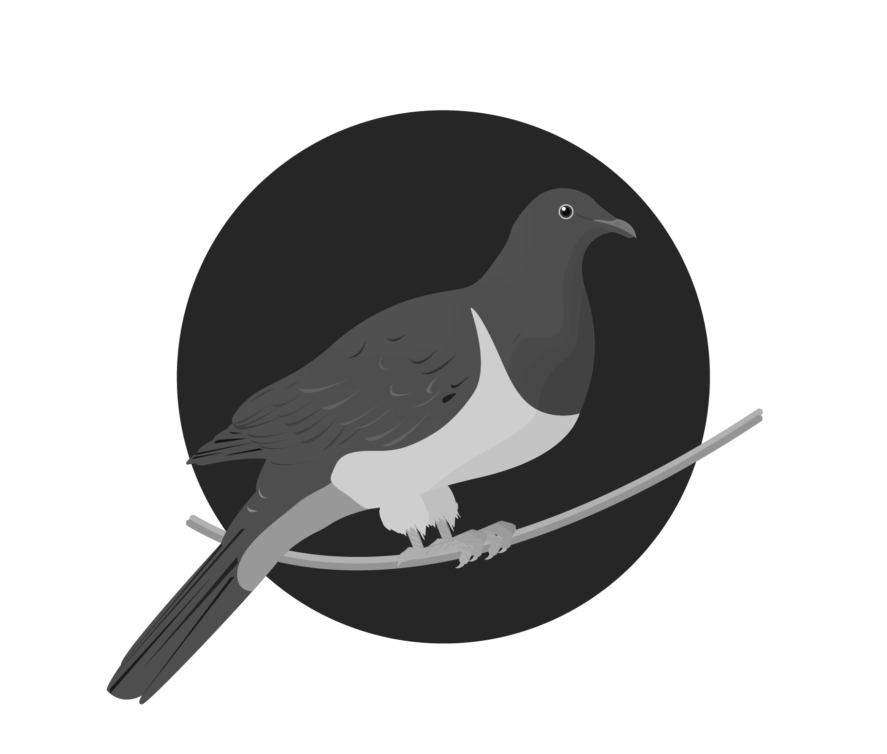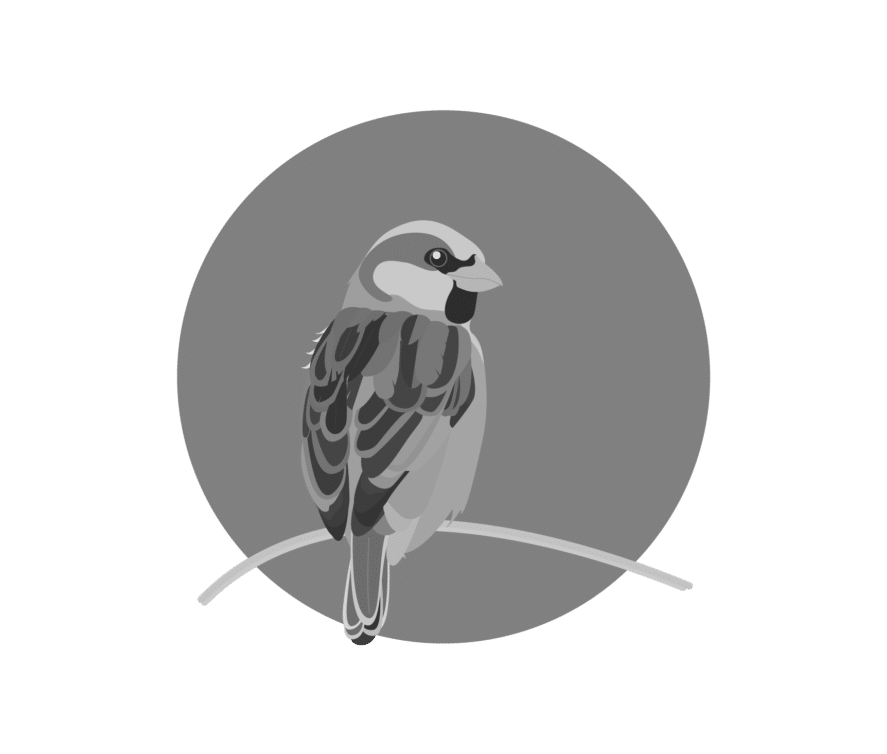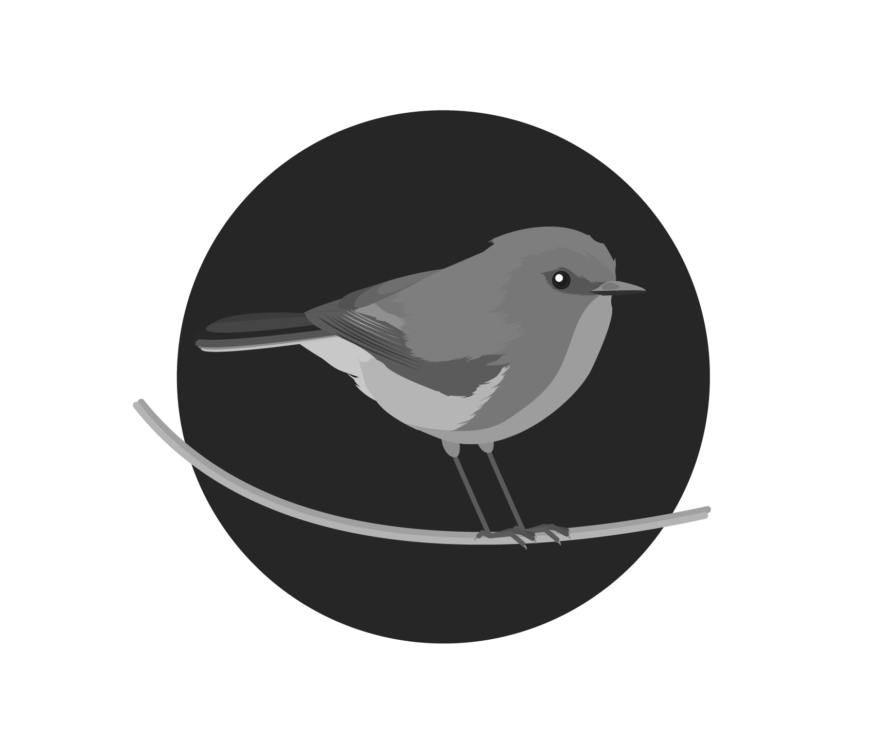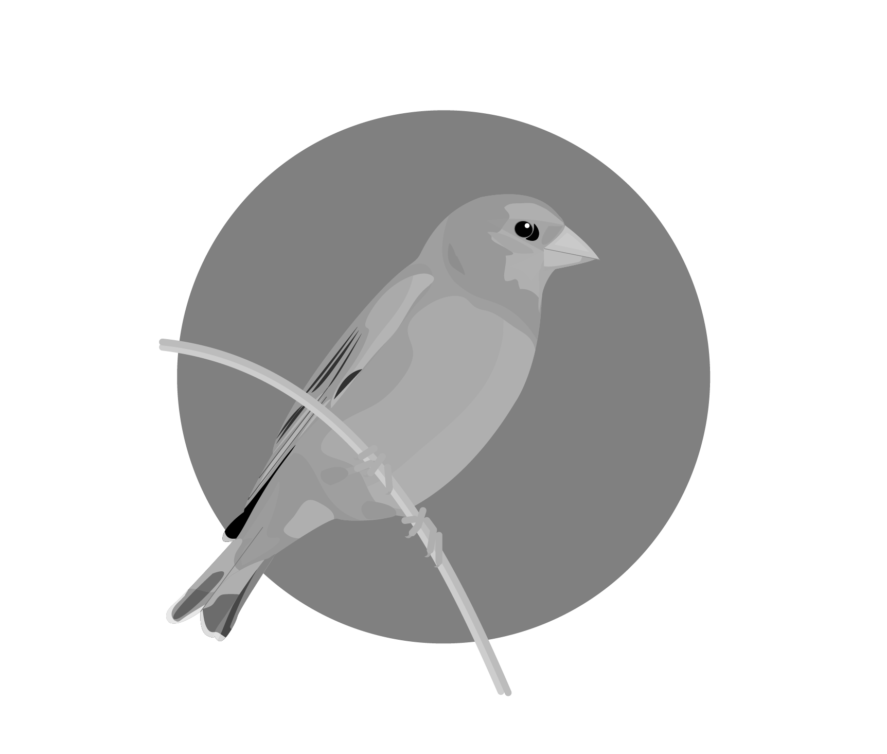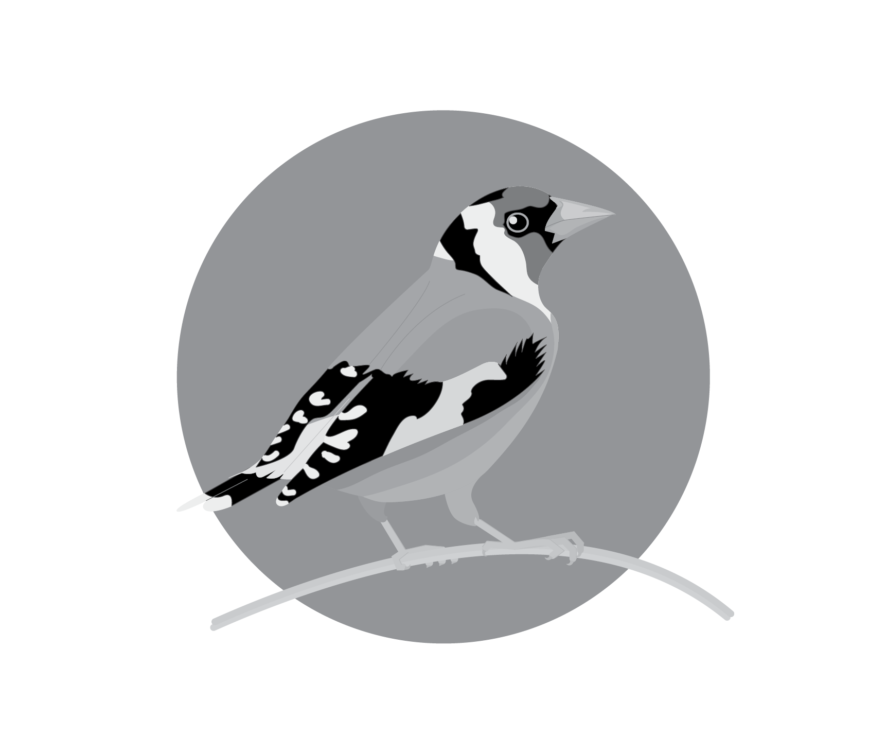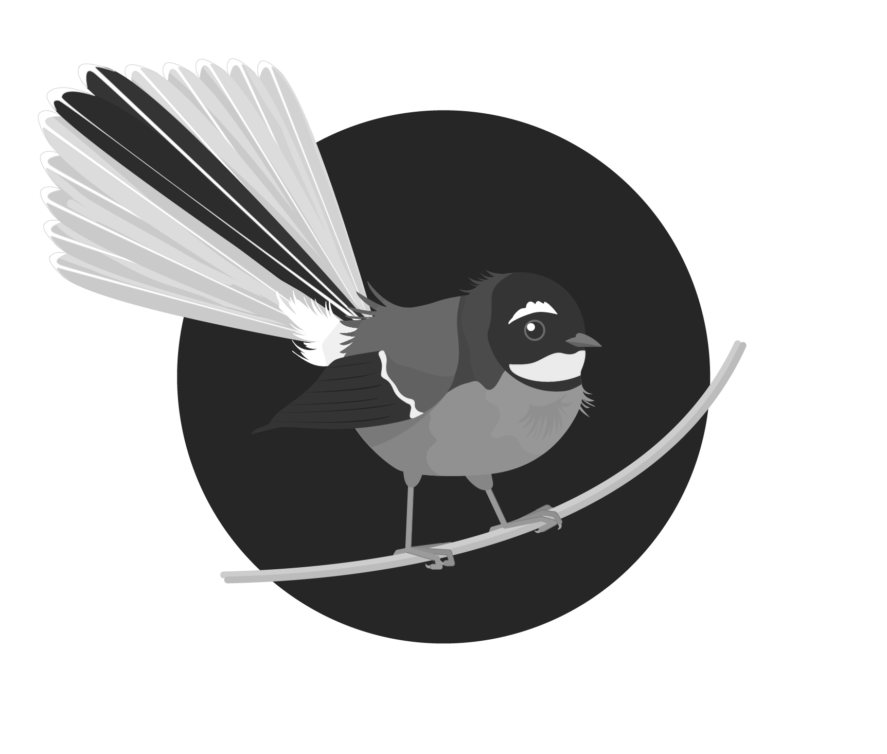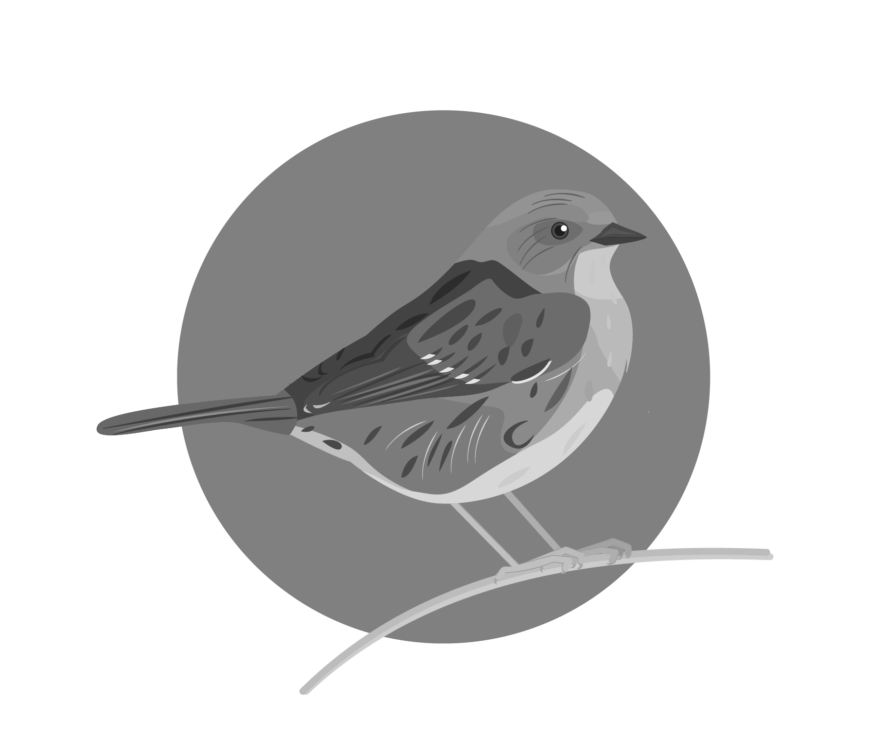-
Initiatives and Collaboration
- Events and Community Engagement
- Crop Swap Te Puke
- Food Resilience School NZ
- Food Forests of New Zealand (www.foodforests.nz)
- Nursery Map - Plant Suppliers of NZ Directory (www.nurserymap.nz)
- Te Puke Community Garden
- Te Puke Digital
- Te Puke Region Food Co-op
- TROPPO’s Food Forest in Te Puke, BOP (wwwfoodforest.org.nz)
- TROPPO's Nursery Directory
- Troppo’s Plant Collection
- Vector Group Charitable Trust (Umbrella)
Song Thrush
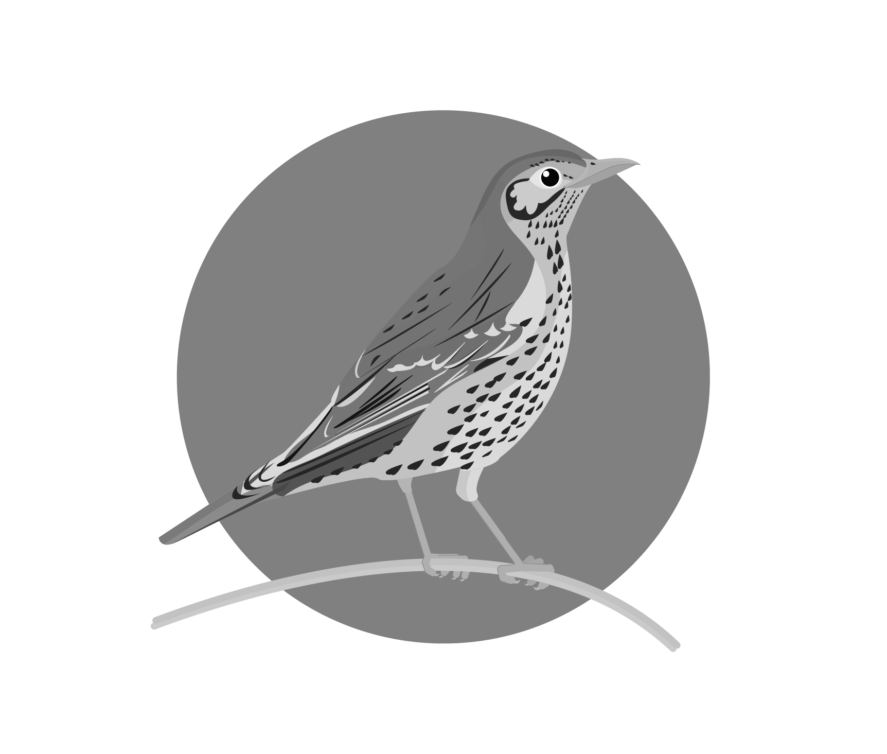
The Melodious Song Thrush of New Zealand
The Song Thrush (Turdus philomelos), introduced to New Zealand from Europe in the 19th century, is renowned for its beautiful and varied song. This medium-sized thrush is now a common sight in gardens, parks, and forests across the country, delighting listeners with its melodic tunes.
Appearance
Song Thrushes are medium-sized birds, about 23 cm in length. They have brown upperparts and a cream-colored underbelly speckled with dark brown spots. Their legs are pink, and they have a distinctive white throat with black streaks. Both males and females share similar plumage, making it difficult to distinguish between them by appearance alone.
Habitat and Distribution
Song Thrushes are widely distributed throughout New Zealand. They thrive in a variety of habitats, including gardens, parks, woodlands, and farmland. Their adaptability to different environments has helped them establish a stable population across the country.
Diet
The diet of Song Thrushes consists mainly of invertebrates, such as earthworms, snails, and insects. They are known for their habit of breaking snail shells by striking them against a hard surface. Additionally, they consume a variety of fruits and berries, particularly during the autumn and winter months when invertebrates are less abundant.
Behavior and Song
Song Thrushes are known for their rich and melodious song, which consists of repeated musical phrases. They often sing from a high perch, especially during the breeding season, to establish territory and attract mates. Their song is one of the most recognizable and celebrated sounds in New Zealand gardens.
Breeding
The breeding season for Song Thrushes in New Zealand extends from August to January. They build cup-shaped nests, often lined with mud and located in shrubs or trees. The female typically lays 3-5 eggs per clutch and is responsible for most of the incubation. Both parents participate in feeding the chicks once they hatch.
Conservation Status
As an introduced species, the Song Thrush is not considered at risk in New Zealand. They have adapted well to the local environment and are commonly seen across the country. However, they can compete with native bird species for food and nesting sites.
Conclusion
The Song Thrush is a beloved and melodious addition to New Zealand’s birdlife. Its beautiful song and adaptable nature make it a favorite among bird enthusiasts and gardeners. Observing and listening to these birds adds a delightful element to the natural soundscape of New Zealand’s landscapes.

